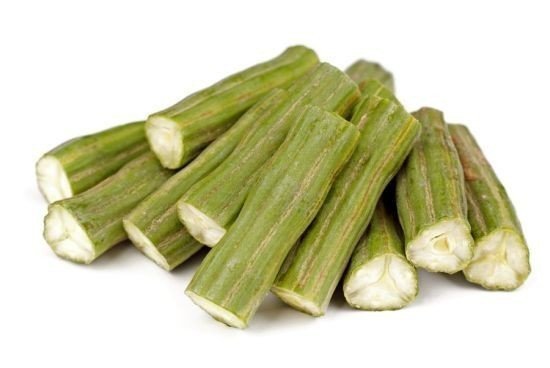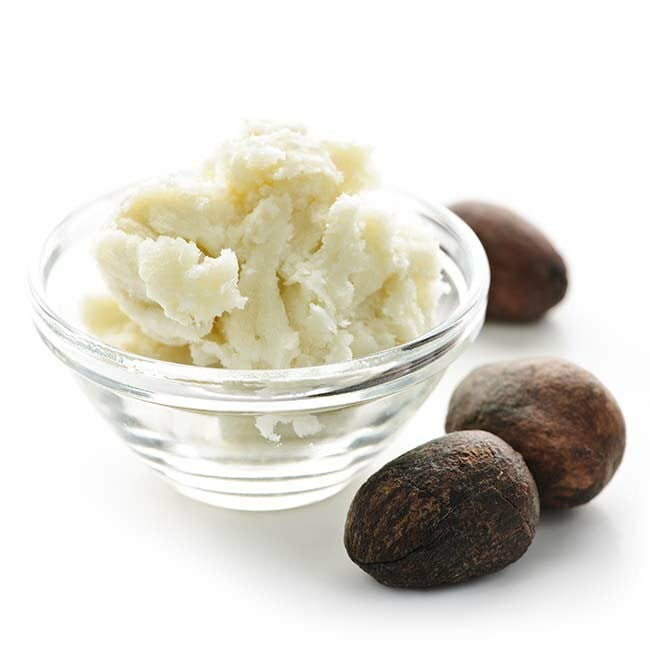Africa is known to be significant in biodiversity and cultural heritage. Beyond its natural resources and cultural diversity, it is also home to many unique and valuable cosmetic commodities. These essential cosmetic commodities have gained recognition for their nourishing, healing, and rejuvenating properties, making them sought-after ingredients in the global beauty industry.
Shea butter from Western Africa
Shea butter is an extract from the kernels of the shea tree possessing a range of benefits for the cosmetic industry. It has moisture contents within a certain degree, meeting specific requirements for the cosmetic and food industries. Shea trees are dominant in parts of Africa including Mali, Burkina Faso, Ghana, and Nigeria.
Tocopherols are present in shea butter, with geographical variations. These tocopherols and polyphenols act as antioxidants that potentially prevent oxidation-related diseases.
What is Moringa oil?
Moringa oil (known as mange in Swahili) has recently gained popularity. The Moringa Oleifera tree’s seeds, native to the Indian subcontinent and some regions of Africa, are used to make this nutrient-rich oil.
Due to its high vitamin E concentration, moringa oil is used in creams, face oils, and moisturizers. Its dual role as an antioxidant makes it a sought-after component for enhancing skin health. As a result, it improves the texture, elasticity, and moisture retention of the skin while addressing dryness, sensitivity, and even aging symptoms. It is frequently utilized in facial cleansers, toners, and masks since it promotes healthy skin and skin purification.

Moringa seed oil

Shea Butter (Karité Butter)
Moringa oil is prized in hair care products for its capacity to hydrate and restore the hair and scalp. Shampoos, conditioners, hair masks, and leave-in treatments frequently contain them. Moringa oil makes hair smooth, lustrous, and manageable by preventing dryness, frizz, and brittleness. Its antioxidants promote hair development, lessen scalp itchiness, and reduce dandruff, all supporting a healthy scalp.
Marula Oil from the Southern African Region
Marula nut oil is obtained from the seeds of the marula tree, which thrives in warm and dry areas in southern Africa. While its nuts can be eaten as a snack, some cultures in southern Africa utilize the oil to make beauty ointments.
The high oleic fatty acid concentration of marula oil helps to moisturize and hydrate the skin deeply, making it suitable for dry skin types. The oil promotes a smooth and supple complexion by swiftly and thoroughly absorbed into the skin without leaving any greasy.
Marula oil is an antioxidant-rich in flavonoids and vitamin E that lessen the appearance of wrinkles and dullness while defending the skin against free radicals and environmental deterioration. It also helps maintain healthy hair thanks to its moisturizing qualities that combat frizz, dryness and split ends. It can be applied to the scalp to relieve itching and encourage a healthy environment for hair development.
Conclusion
Embrace the power of Africa’s cosmetic treasures while discovering the transformative benefits of Shea butter, moringa oil, and marula nut oil for your skin and hair. Experience the natural wonders of Africa and unlock your true beauty potential.
References
Honfo, F. G., Akissoe, N., Linnemann, A. R., Soumanou, M., & Van Boekel, M. A. J. S. (2013). Nutritional Composition of Shea Products and Chemical Properties of Shea Butter: A Review. Food Reviews International, 29(4), 372-388 https://doi.org/10.1080/10408398.2011.604142
Oluwalana, E. O. A. (2018). Effects of Physico-chemical attributes of forest-based herbal soap on human skin in southwestern Nigeria. IOP Conference Series: Earth and Environmental Science, 173, 012035. https://iopscience.iop.org/article/10.1088/1755-1315/173/1/012035/meta
Sánchez-Machado, D. I., López-Cervantes, J., Núñez-Gastélum, J. A., Servín de la Mora-López, G., López-Hernández, J., & Paseiro-Losada, P. (2014). Comparison of two seed oils used in cosmetics, moringa, and marula. Food Chemistry, 163, 289-298. https://doi.org/10.1016/j.foodchem.2015.04.031


